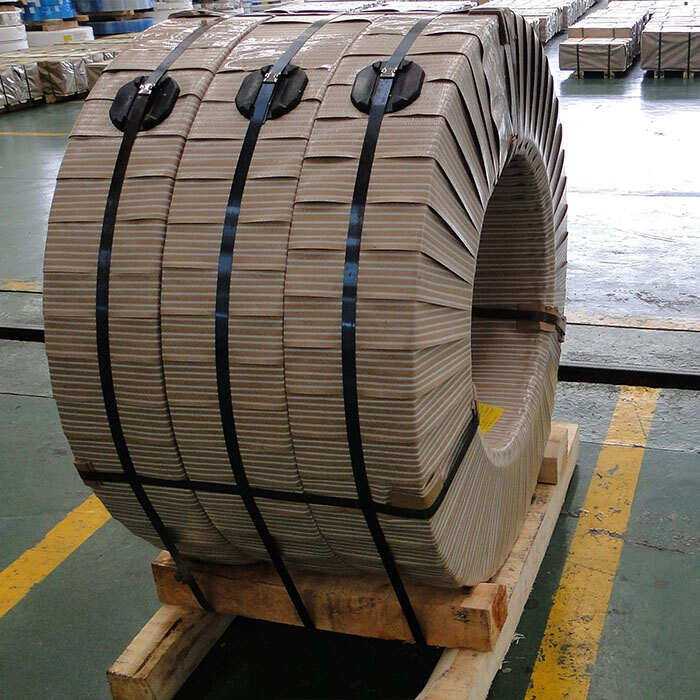

High-quality stainless steel plates usually have the following key performance characteristics:
Corrosion resistance: One of the most important characteristics of stainless steel is corrosion resistance. Excellent stainless steel plates should have high resistance to oxidation and acid and alkali corrosion. In particular, stainless steel plates containing a higher proportion of chromium (Cr) and nickel (Ni) elements can effectively prevent rust and corrosion.
Strength and hardness: High-quality stainless steel plates should have good strength and hardness, which means that they can withstand high mechanical stress and impact. For applications that need to withstand greater pressure or load, it is important to choose stainless steel plates with higher strength.
High temperature resistance: Some high-quality stainless steel plates, especially those containing a higher proportion of elements such as nickel, chromium and molybdenum, can maintain their structural stability in high temperature environments, prevent oxidation and thermal expansion, and are suitable for high temperature working environments.
Processing performance: The processability of stainless steel plates is also important. Excellent stainless steel plates should have good weldability, formability and cutability. This helps to facilitate processing during the production process and avoid cracks or other defects.
Surface finish: High-quality stainless steel plates usually have a smooth, flawless surface and are easy to clean. Better surface treatment can reduce the dirt or bacteria attached to the surface, which is especially important in medical, food and other industry applications.
Wear resistance: For some applications that require frequent contact and friction, high-quality stainless steel plates should have good wear resistance and be able to maintain their surface morphology for a long time.
Acid and alkali resistance: The corrosion resistance of stainless steel plates in strong acid and alkali environments is also an important manifestation of its performance. In particular, some special-purpose stainless steels (such as 316L stainless steel) have stronger tolerance to acidic environments.
Common stainless steel plate materials:
304 stainless steel: widely used in food processing, chemical equipment and other fields, with good corrosion resistance and formability.
316 stainless steel: more corrosion-resistant than 304, especially in highly corrosive environments such as seawater and chlorides, and is often used in chemical, marine and other fields.
430 stainless steel: magnetic stainless steel, more economical, suitable for some fields with lower strength requirements.
In short, stainless steel plates with good performance should have corrosion resistance, high strength, good processability, smooth surface and the ability to adapt to specific working environments. When choosing, the most suitable type should be determined based on the specific application requirements (such as acid and alkali resistance, high temperature resistance, etc.).
